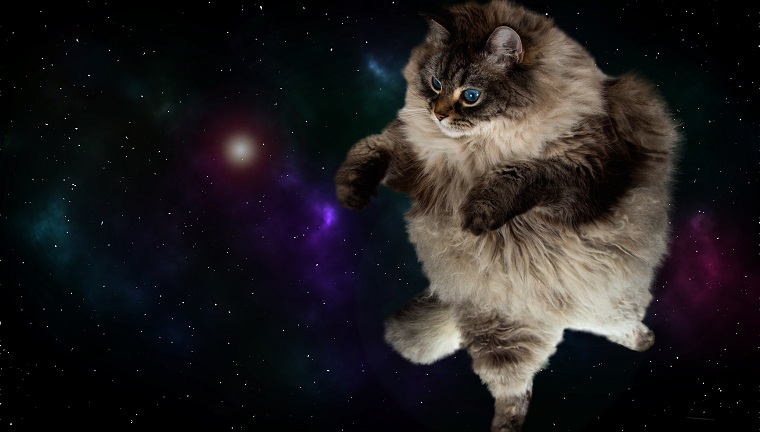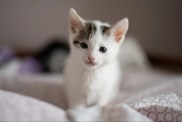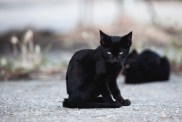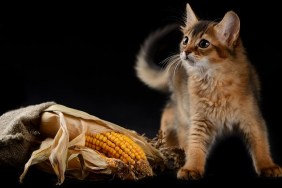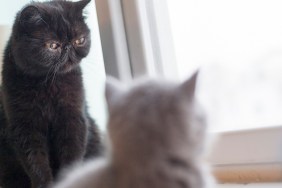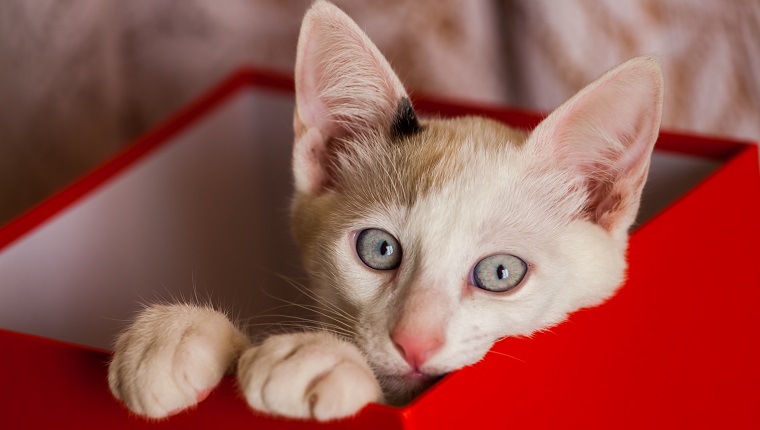
You may have heard the term “Schrödinger’s Cat” referred to in party conversation or vaguely recall it from high school physics class. It’s a thought experiment, and it’s as famous as it is vexing.
Schrödinger’s Cat is alive. Schrödinger’s Cat is dead. It’s both until you confirm it. Confused?
Here’s what you need to know about Schrödinger’s Cat.
Who Was Schrödinger, & What Was He Talking About?

Erwin Schrödinger was an Austrian physicist who won the Nobel Prize for his work on quantum theory back in 1933. He created his thought experiment, Schrödinger’s Cat, to challenge the — brace yourself — Copenhagen Interpretation of quantum superposition.
For readers who aren’t physics experts, here’s a very diluted explanation of quantum superposition:
Particles at the quantum level (incredibly, practically impossibly small) aren’t in one state. They’re changing between a variety of states and exist across all of these states at the same time.
The constantly-in-flux-and-everywhere-at-once particles stay in this superposition until someone measures or observes the particle. At that point, the particle will stay in a fixed state or position.
This, according to the Copenhagen Interpretation, is how particles function at the quantum level.
So What’s Up With The Cat?
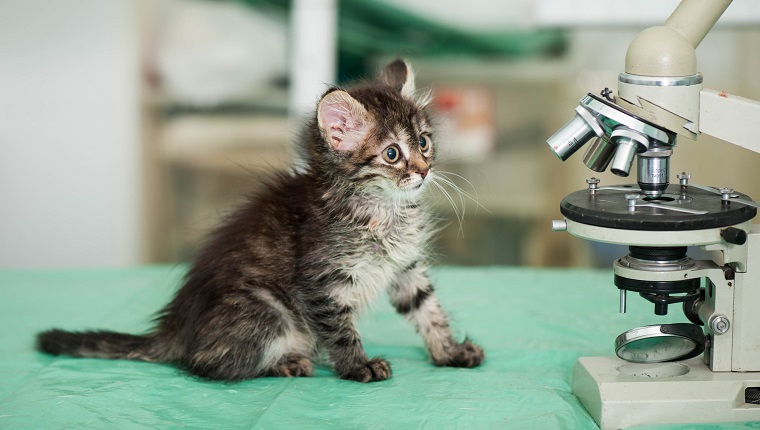
This is where Schrödinger’s Cat comes into play. It was a thought experiment designed to challenge that Copenhagen Interpretation.
So let’s play out the thought experiment together, and fair warning, there are some big words ahead:
What if we throw something more complex, say an entire living creature, into the mix? Could that change whether or not the particles would be in superposition as described above?
Picture a cat inside of a box with a contained poison. The poison is set to be given to the cat based on the radioactive decay of a subatomic particle.
Now, as discussed before, these particles are both in decay and not decaying at the same time, given that they’re in superposition.
Since these tiny particles are always in flux, there’s no knowing whether or not the poison has been released and the cat is dead, or if the poison has not been released and the cat is still alive.
Therefore, by the Copenhagen Interpretation, the cat is both alive and dead until observed. We can only determine the “fate” of the cat when someone finally opens the box and observes the cat.
Okay. Schrödinger’s Cat. But What’s The Point?

The whole purpose of the Schrödinger’s Cat experiment was to show that, yes, the nature of subatomic particles seems to be random, but ultimately, a cat is not a subatomic particle and, therefore, cannot be in superposition.
The cat would have to be either alive or dead, not a weird always-changing-half-zombie-cat. In short, it shows how ridiculous it is to consider quantum states for larger objects.
Schrödinger’s Cat has made its way into pop culture, especially in comics and science fiction, and many people reference it when talking about a situation with an unknown outcome.
Have you heard of Schrödinger’s Cat before? Do you think the cat could be both alive and dead? Let us know your quantum theories in the comments below!
